6. The Shooting (1966)
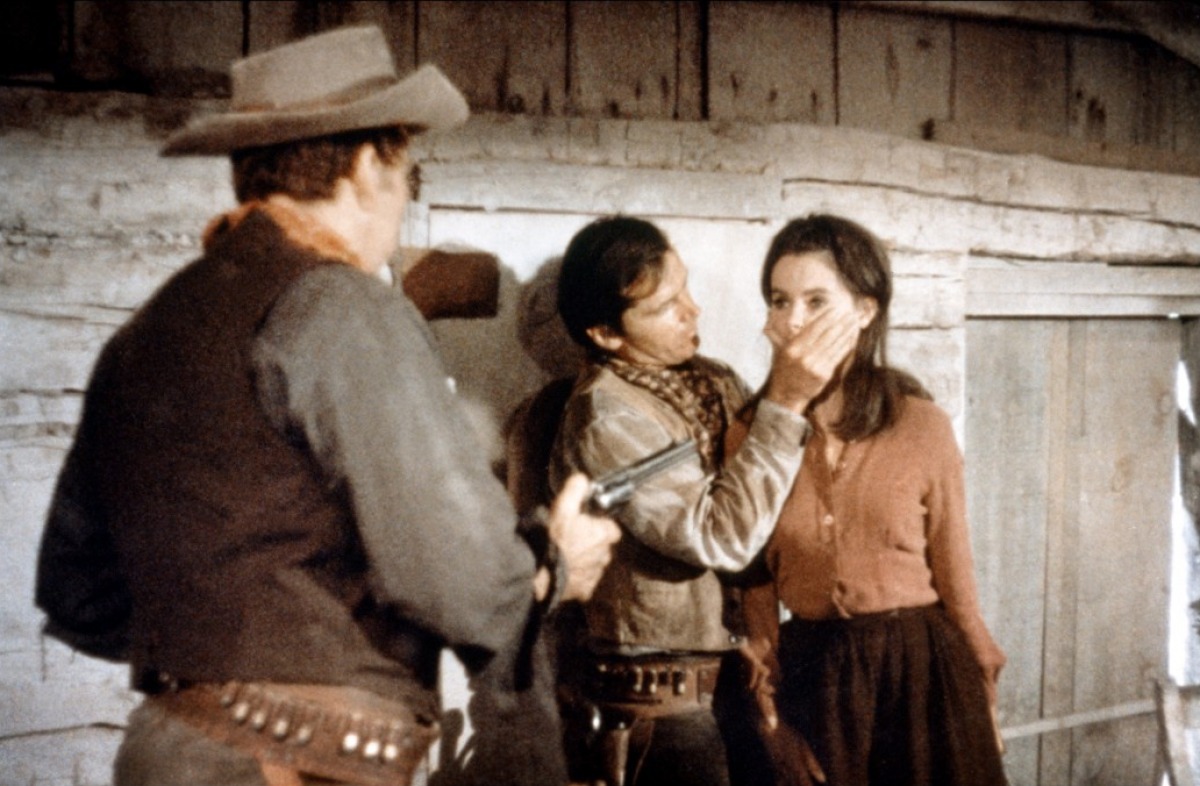
Coming from a mix of various elements, Monte Hellman’s dreamy western starring Warren Oates and a young Jack Nicholson is truly something to experience. Maybe it was Hellman’s credits under Roger Corman or the pre-Hollywood New Wave or the height of counter culture, but the film combines elements of low-budget westerns and arthouse flair like few before it and false imitators afterward..
The film tells of two bounty hunters, Oates and Will Hutchins, escorting a woman played by the mysterious Millie Perkins, to a unknown destination while contemplating revenge. It’s only after a drifter, Nicholson, do things get a bit unfiltered. The film’s mood really sets it apart from other westerns as it is filled with dread, ennui, and existentialism amongst the characters.
Hellman has been vastly under-appreciated throughout his career but with this film, you truly see what he can do in a familiar genre and with no budget. He makes a lasting impression with this film to a shattering, mind-bending climax that one must truly just experience in his ways of the west.
7. Death Rides a Horse (1967) – Giulio Petroni
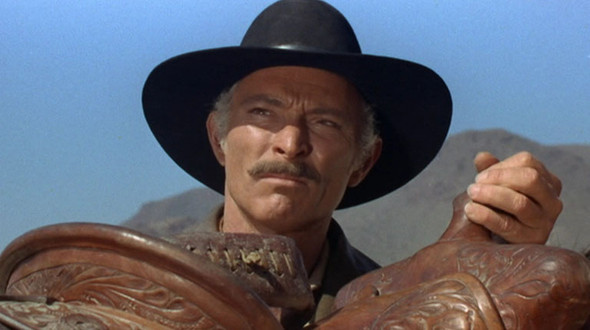
Quentin Tarantino is much indebted to this film for his “Kill Bill” volumes. In Giulio Petroni’s Spaghetti Western, we see the one and only Lee Van Cleef assist John Phillip Law track down his family’s killers. Some of the imagery, score, and dialogue has been appreciated due to Tarantino’s homage to the film.
Take the red flashback scenes, the skull ring, Ennio Morricone’s main theme, and the words, “Somebody once wrote revenge is a dish that has to be eaten cold” into a bottle and you wouldn’t get some later films. Petroni was making a damn fine western at the height of Spaghetti Westerns but somehow just got mixed up in the realm of things.
And due to the release of bad DVDs, the film can’t be greatly appreciated as its contemporaries. However, Van Cleef gives his tough, aging mentor cowboy to the younger, angry Law that makes the viewers feel for the characters in a genre where people just wanted action mayhem.
Petroni was no stranger to the Spaghetti Western, but he flipped the switch here due to the humanity between the two leads. We are never bored for a moment and he constantly gives us thrills and adventure that the best of any Spaghetti Western has to offer.
8. Keoma (1976) – Enzo G. Castellari
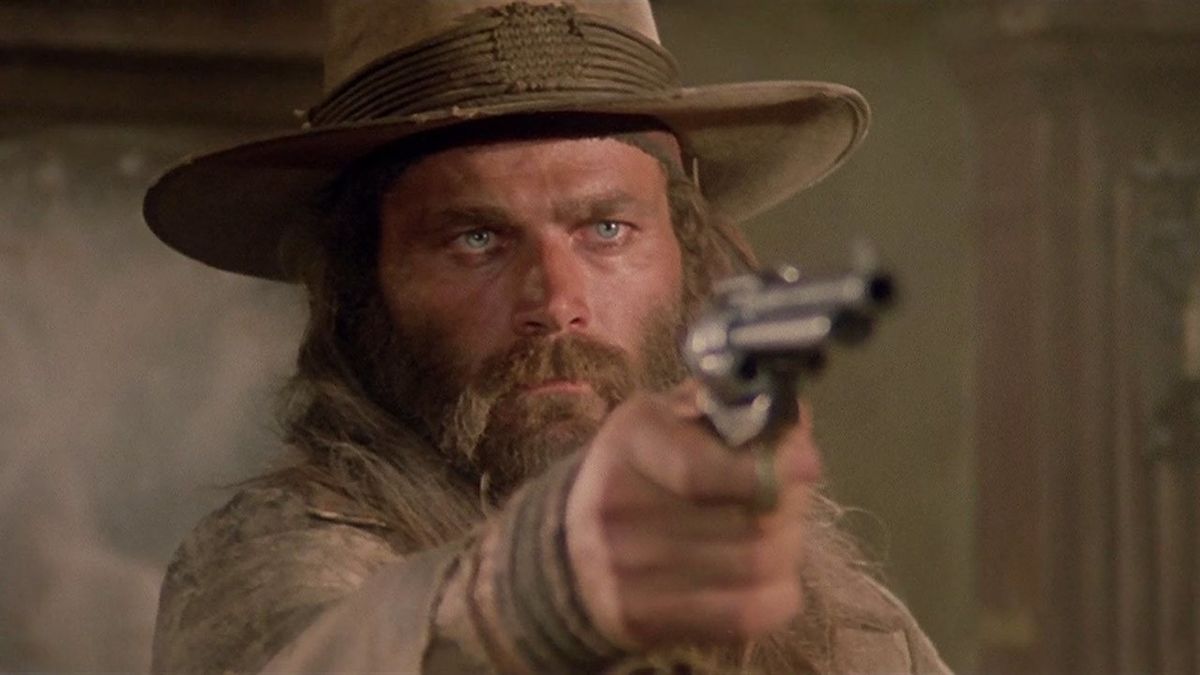
One of the last Spaghetti Western films before the favoritism and popularity of the genre started to die off, we got “Keoma.” The film combines elements such as Sergio Corbucci’s “Navajo Joe” and Martin Ritt’s “Hombre,” where a white man is infused with Native American traditions one way or another. And the film is no stranger to stars of the genre, Frances Nero from “Django” is the title role and his sidekick is longtime westerner Woody Strode.
The film has what Spaghetti Western fans want – shootouts with machine guns, bloody savagery, and a looney gang controlling the town, and the film doesn’t disappoint.
Therefore, how could the film start to lose appreciation? Well, it was 1976 and people have seen a large number of these techniques and stories by that point. Despite the film’s use of slow motion and a lyrical soundtrack, it just faded into obscurity, except for modern fans of the genre.
Since the film contains a lot of the Spaghetti Western techniques and stars one of the most well-known Italian western stars, this film can be greatly admired for trying something new despite using familiar faces, stories, and mood.
9. The Homesman (2014) – Tommy Lee Jones
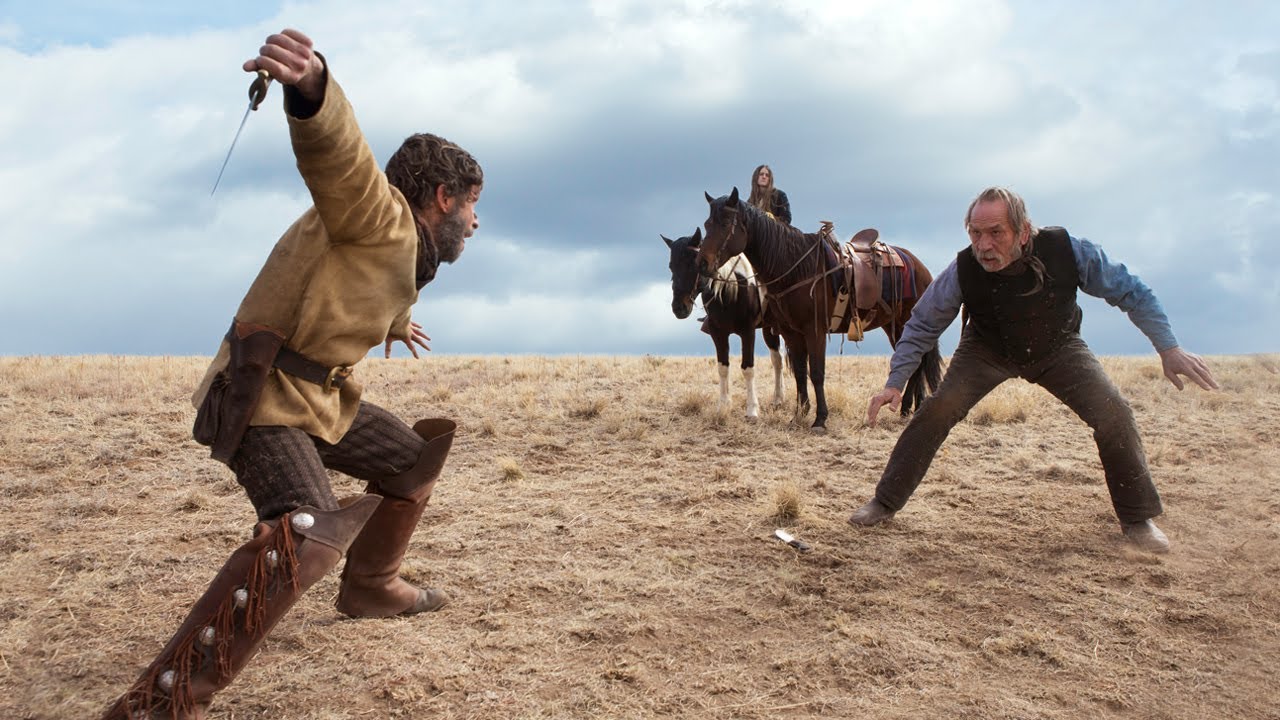
Tommy Lee Jones is no stranger to the western world, modern or historical, therefore he crafted a story focused on the struggles of the pioneering west and a female perspective on the western world. Jones plays George Briggs as he must fulfill a debt for Hilary Swank’s Mary Bee Cuddy to escort three deranged women across the territory for having gone insane trying to settle.
The film has a pace of its own and is episodic in structure as Jones lets each frame by Rodrigo Prieto play out for the audience’s viewing. He is not interested in rushing to conclusions and lets the women express their point of views in a genre that has blatantly ignored the voices of women.
Similarly, Jones’s view of the desolate western world is strongly encompassed by Marco Beltrami’s natural and windy score that makes the audience feel like they are on the winded plains of the American Midwest.
The films even shows different sides of the western such as a quiet hotel of sorts, and not a prostitute, gambling, drinking filled saloon. Or a midwestern, green west starting to meet the east kind of town instead a dust bowl or mountain town as in most westerns. The film might be too narrative-structured to be considered a revisionist, but Jones shows the west in ways we haven’t seen before.
10. Slow West (2015) – John Maclean
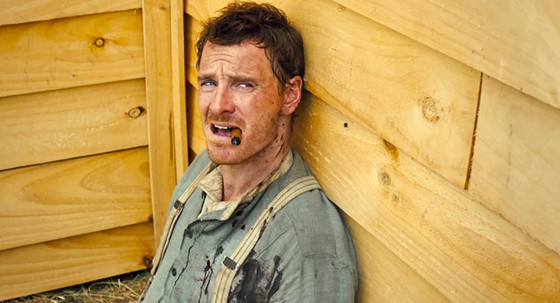
Somewhere inspired by Jim Jarmusch’s “Dead Man” and the recent David and Nathan Zeller’s “Damsel,” former musician John Maclean takes a unique approach to the western. In just 79 minutes, Maclean wastes no frames or time telling his story of a bounty hunter played by Michael Fassbender, guiding a naive Scottish young man played by Kodi Smit-McPhee to his woman for mixed reasons.
The film has a unique bright color palette, shot in 1:66 aspect ratio, and distorted low angles encompassing mise-en-scene. The camera and lens almost makes the actors feel extremely close to the camera and out of place, much like the characters in this world. Maclean includes Native Americans, bounty hunters, shootouts, camp fires, and many traditional western elements, but in a new way. Some frames and montage seem like Wes Anderson made the film.
However, the film is starting to gain some momentum for an offbeat western action thriller with a light touch, but maybe the western genre needs new fans to appreciate the aspects of the old one.